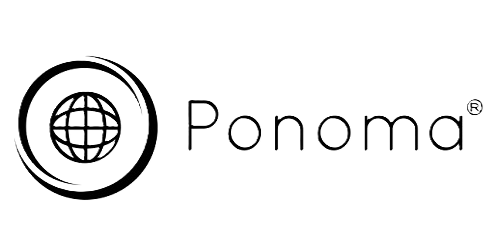|
Requirement |
Suggested Method |
Comments |
|
1.Routine cleaning of light soiling |
Soap, detergent or dilute (1%) ammonia solution in warm clean water. Apply with a clean sponge, soft cloth or soft-fibrebrush then rinse in clean water and dry |
Satisfactory on most surfaces |
|
2.Fingerprints |
Detergent and warm water, alternatively, hydrocarbon solvent
|
Proprietary spray-applied polishes available to clean and minimise remarking
|
|
3.Oil and grease marks |
Hydrocarbon solvents (methylated spirit, isopropyl alcohol or acetone) |
Alkaline formulations are also available with surfactant additions e.g.'D7' Polish |
|
4.Stubborn spots, stains and light discolouration. Water marking. Light rust staining |
Mild, non-scratching creams and polishes. Apply with soft cloth or soft sponge and rinse off residues with clean water and dry. |
Avoid cleaning pastes with abrasive additions. Suitable cream cleansers are available with soft calcium carbonate additions, e.g. 'Jif', or with the addition of citric acid, e.g. Shiny Sinks. Do not use chloride solutions. |
|
5.Localised rust stains caused by carbon steel contamination |
Proprietary gels, or 10% phosphoric acid solution (followed by ammonia and water rinses), or oxalic acid solution (followed by water rinse). |
Small areas may be treated with a rubbing block comprising fine abrasive in a hard rubber or plastic filler. Carbon steel wool should not be used, nor should pads that have previously been used on carbon steel. A test should be carried out to ensure that the original surface finish is not damaged. |
|
6.Burnt on food or carbon deposits |
Pre-soak in hot water with detergent or ammonia solution. Remove deposits with nylon brush and fine scouring powder if necessary. Repeat if necessary and finish with 'routine cleaning'. |
Abrasive souring powder can leave scratch marks on polished surfaces. |
|
7.Tannin (tea) stains and oily deposits in coffee urns |
Tannin stains - soak in a hot solution of washing soda i.e. sodium carbonate. Coffee deposits - soak in a hot solution of baking soda (sodium bicarbonate). |
These solutions can also be applied with a soft cloth or sponge. Rinse with clean water. Satisfactory on most surfaces. |
|
8.Adherent hard water scales and mortar/cement splashes |
10-15 volume % solution of phosphoric acid. Use warm, neutralise with dilute ammonia solution, rinse with clean water and dry. Alternatively soak in a 25% vinegar solution and use a nylon brush to remove deposits. |
Proprietary formulations available with surfactant additions. Take special care when using hydrochloric acid based mortar removers . |
|
9.Heating or heavy discolouration |
a) Non-scratching cream or polish e.g. Solvol Auto Chrome Metal Polish |
a)Creams are suitable for most finishes, but only use 'Solvol' on bright polished surfaces. Some slight scratching can be left. |
|
10.Badly neglected surfaces with accumulated grime deposits |
A fine, abrasive paste as used for car body refinishing, e.g. 'T-cut' rinsed clean to remove all paste material and dried. |
May brighten dull finishes. To avoid a patchy appearance, the whole surface may need to be treated. |
|
11.Paint, graffiti |
Proprietary alkaline or solvent paint strippers, depending upon paint type. Use soft nylon or bristle brush on patterned surfaces. |
Apply as directed by manufacturer. |
| 12.Scratches |
It is well known that stainless steel is easy to scratch. Therefore we apply brushed finishing, not matte or polished ones:
Brushed finish looks like light scratches, although light scratches tend to become less noticeable over time, and seem to be part of the surface of the stainless steel. |
Most effective method of removing light scratches on stainless steel surface* has shown here: * - The guy from uses a hood cover to show how to remove scratches from brushed stainless steel, you can see steel top flex, but our shelves and tables have internal frames, unlike hoods, in which it is empty inside. the surface won't flex as much when you press on it, especially on tables that have a reinforced internal structure. No wood, only metal! |







